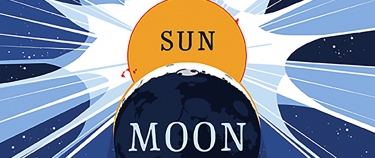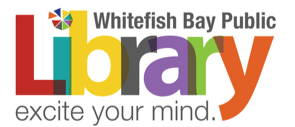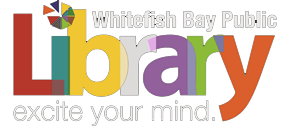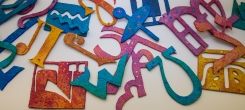Blog
 Solar Eclipse
Solar Eclipse
on August 10, 2017
Tags:
adults ()
,
nonfiction ()
You’ve probably heard about the upcoming solar eclipse on August 21. In Southeastern Wisconsin we will see a partial solar eclipse with the moon covering about 85% of the sun. The eclipse will begin at 11:53am and end at 2:40pm. The maximum coverage of the sun by the moon will take place at 1:18pm. If you want to view the eclipse be sure to get a pair of solar viewing glasses. It is unsafe to look directly at the sun because of the ultraviolet light, but certified solar eclipse glasses protect your eyes. Here are a few reading recommendations to prepare for the solar eclipse.
American Eclipse: a Nation’s Epic Race to Catch the Shadow of the Moon and Win the Glory of the World by David Baron
American Eclipse is the story of the total solar eclipse in the American West that took place on July 29, 1878. Science journalist Baron writes about three American astronomers of the day who were eclipse chasers: James Craig Watson, who was an asteroid hunter, Maria Mitchell, a Vasar astronomer, and the famous inventor Thomas Edison. It’s great examination of late 19th Century science sprinkled with tales of the wild West.
Mask of the Sun: the Science, History, and Forgotten Lore of Eclipses by John Dvorak
An entertaining, authoritative and very accessible look at both solar and lunar eclipses. Dvorak explores how these celestial events have been a source of awe, wonder, and fear throughout human history. He also gives insights about the upcoming 2017 eclipse.
Sun Moon Earth : the History of Solar eclipses, from Omens of Doom to Einstein and Exoplanets by Tyler Nordgren
Nordgren’s book explains how solar eclipses went from being a fearsome omen to their current status as a tourist attraction. He examines how different cultures have understood and interpreted eclipses through the ages, including ancient Mayans, Babylonians, Greek philosophers, and Victorian scientists. Sun Moon Earth also has some beautifully colored illustrations.
Back to blogs



